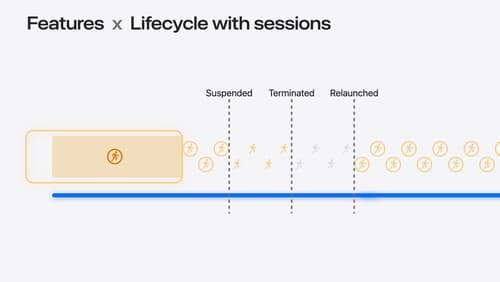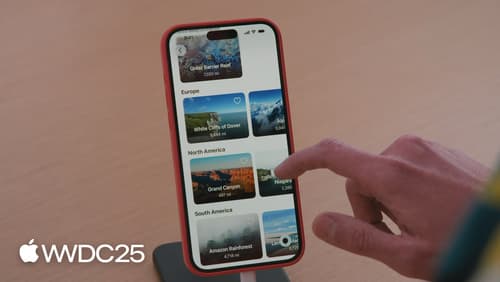Any changes in CoreLocation?
Asked on 2025-06-13
1 search
At WWDC 2024, there were several updates to CoreLocation, particularly in the area of location authorization. The session titled "What’s new in location authorization" introduced a new declarative approach to handling location authorization using CL service sessions. This new system allows developers to define their authorization goals more clearly and simplifies the process of managing location permissions in Swift.
Key changes include:
-
CL Service Session: A new way to declare your app's authorization needs. This allows CoreLocation to understand what your app requires and act accordingly, even if the app is suspended or terminated.
-
Diagnostic Properties: These provide insights into why certain authorization goals cannot be met, helping developers understand and troubleshoot issues more effectively.
-
Implicit and Explicit Sessions: Implicit sessions are created automatically when iterating live updates or monitoring events, but developers can also create explicit sessions for more control, especially when full accuracy or always authorization is needed.
-
Lifecycle Management: The session lifecycle is tied to user-facing features, ensuring that location updates and events are managed efficiently as the app's state changes.
For more detailed information, you can refer to the session What’s new in location authorization (01:52) which covers authorization goals, and What’s new in location authorization (09:25) for session lifecycle.

What’s new in location authorization
Location authorization is turning 2.0. Learn about new recommendations and techniques to get the authorization you need, and a new system of diagnostics that can let you know when an authorization goal can’t be met.

Go further with MapKit
Discover the latest updates to MapKit and MapKit JS. We’ll introduce a new type of directions — cycling — and show you how to enable 3D Look Around imagery on the web. Learn how the new Geocoding API supports conversion between coordinates and addresses, and how to use the Address Representations API to get the most appropriate address for a region. Then we’ll wrap it up with a new way of referencing places that ensures your app will work seamlessly with App Intents.

Optimize SwiftUI performance with Instruments
Discover the new SwiftUI instrument. We’ll cover how SwiftUI updates views, how changes in your app’s data affect those updates, and how the new instrument helps you visualize those causes and effects. To get the most out of this session, we recommend being familiar with writing apps in SwiftUI.
